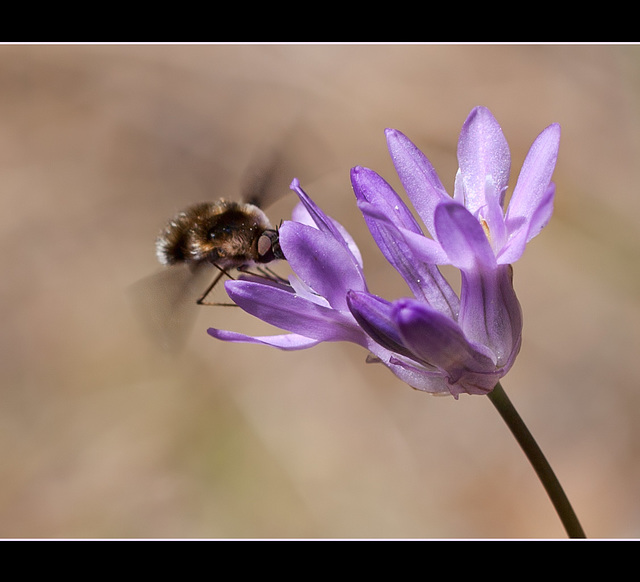I See You (Explore #23!) [+1 in a note]
Chinese Caps: the 67th Flower of Spring & Summer!
Sea of Seablush
Splash! (Explore #24!)
Spidey Sense: Western Lynx Spider Poised for Actio…
Yarrow: The 68th Flower of Spring & Summer!
Rear View (Explore #25!)
Shadows
Large Periwinkle: the 69th Flower of Spring & Summ…
Staring Contest (Explore #27!)
Tolmie's Mariposa Lily: The 70th Flower of Spring…
Paper Wasp Drinking Water
Droplets in Sepia (Explore #28!)
Glowing Mushroom
Giant Blue-Eyed Mary: The 71st Flower of Spring &…
Oooooh...Shiny!! (Explore #29!)
Sticky Cinquefoil: the 72nd Flower of Spring & Sum…
Me and Baby Emu (photo by Nancy Macgruder)
Amanda with Emu Chick
This is Love
I Am SOOOOO HAPPY To See You!!
Great Hound's Tongue Blossom & Seed Pods (Explore…
Bare-stem Desert Parsley: The 73rd Flower of Sprin…
Low Hop Clover: The 66th Flower of Spring & Summer…
Lark Sparrow in Flight (Explore #22!)
False Dandelion: The 65th Flower of Spring & Summe…
Cup Fungus
English Plantain: The 64th Flower of Spring & Summ…
Lovely Apple Blossoms
Fishy, Fishy, Fishy!
A Real Dinosaur!!! Wait, That's an EMU!
Rogue River Locoweed: The 63rd Flower of Spring &…
Glowing Leaf
Budding Tree Branch (Explore #19!)
Birdsfoot Trefoil: The 62nd Flower of Spring!
Asian Tourist Mushroom Wearing a Traditional Conic…
Wish Upon a Star: A Tribute to Mister Rogers (Expl…
Death Camas: the 61st Flower of Spring & Summer!
Tiny Orb Weaver
A Seed Emerges
Tree House Nails
Fiddleneck: The 60th Flower of Spring & Summer!
Golden Mushroom with Beatle's Hairstyle!
Tiny Bluet: The 59th Flower of Spring & Summer!
Crab Spider Not Blending In!
Keywords
Authorizations, license
-
Visible by: Everyone -
All rights reserved
-
269 visits
B-52 Bomber Fly in Motion


Ok, ok, it's actually called a Greater Bee Fly, but it's scientific name is "Bombylius major"...see? The person that named this guy thought it looked like a B-52 Bomber too! :D Actually, they're more like a Black Hawk helicopter because they are masters at hovering perfectly still and maneuvering much like a hummingbird. They are really neat insects and I'm so pleased to get a picture of this one sipping nectar from a Common Brodiaea blossom. It will also be one of my three pictures for the Motion theme at our photography meeting this week! :)
The Large Bee Fly is a bee mimic. Females flick eggs towards the entrance of underground bee and wasp nests and the hatching larvae enter the nests and eat the grubs! They are found in most parts of Europe, North America and some parts of Asia.
If you would like to know more about these awesome flies, Wiki has a good source of information here: Wiki: Greater Bee Fly (Bombylius major)
The Large Bee Fly is a bee mimic. Females flick eggs towards the entrance of underground bee and wasp nests and the hatching larvae enter the nests and eat the grubs! They are found in most parts of Europe, North America and some parts of Asia.
If you would like to know more about these awesome flies, Wiki has a good source of information here: Wiki: Greater Bee Fly (Bombylius major)
- Keyboard shortcuts:
Jump to top
RSS feed- Latest comments - Subscribe to the comment feeds of this photo
- ipernity © 2007-2025
- Help & Contact
|
Club news
|
About ipernity
|
History |
ipernity Club & Prices |
Guide of good conduct
Donate | Group guidelines | Privacy policy | Terms of use | Statutes | In memoria -
Facebook
Twitter

Sign-in to write a comment.